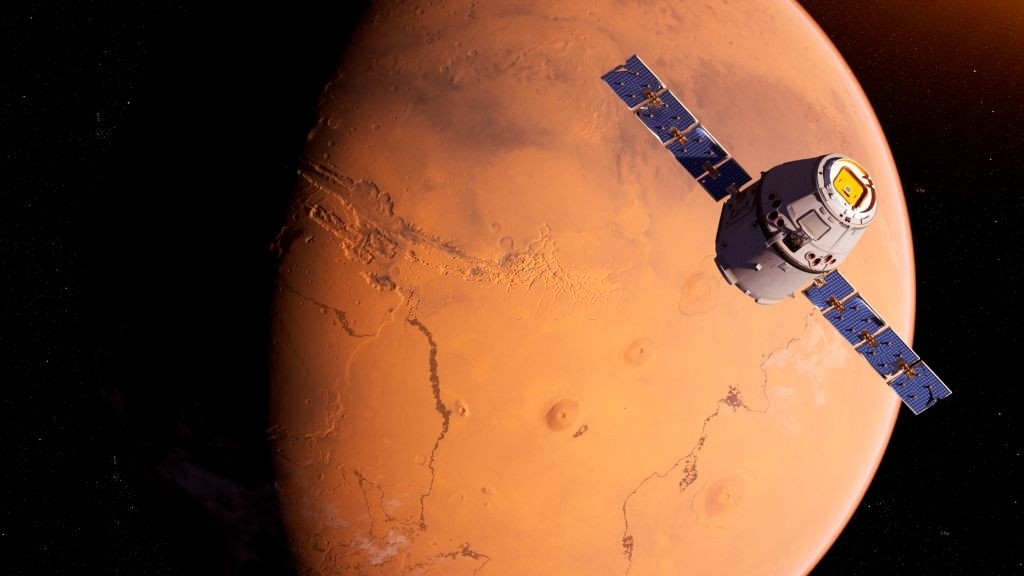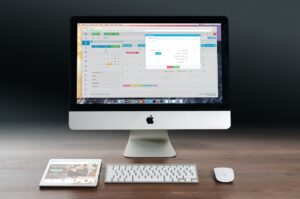Geoanalytics is the branch of data science that deals with the geography of space. But asking the question ‘what is geoanalytics?’ is often one that data scientists ponder when seeking new technologies and big data rendering facilities to generate new insights that will continue to drive success for their organization.
Geoanalytics tools are a powerful suite of geographic data rendering applications that can help businesses or research teams plot data points on a map in order to visualize the representative data spatially. This is often a powerful inclusion for research teams looking to expand their operations or test products in specific marketplaces before a launch. Geospatial analysis is a crucial, yet often underappreciated tool in the set of analytical approaches that data scientists can wield to understand the trends and patterns laid out before them.
How Geoanalytics Shapes Business Decisions
ArcGIS Pro is by far the industry standard among geoanalytics data users. The platform allows for the integration of Python commands and other API inclusions. In addition, database management can be conducted from within the platform and created with feature layers in raster or vector formats—depending on the types of data you are plotting, of course. Geographical knowledge is essential to shaping business decisions and platforms like ArcGIS Pro allow corporate teams to deploy this powerful knowledge base to create unique insights that the competition may be overlooking.
Anyone can do a little market research and decide that their product sells best with female college graduates between the ages of 35 and 49. But geoanalytics server tools allow you to pinpoint with the use of feature layers, exactly where collections of these target consumers live, frequent, work, and spend the majority of their time. Collecting and utilizing big data allows for a swath of different insights into the habits and interests of millions of prospective customers, but without the geographical insight to make sense of these facts you are still shooting while blindfolded. Targeting lucrative markets remains a guessing game without this mapping component. While we all frequent the internet for our entertainment, purchases, and even work during the uncertainty brought on by this pandemic, we still live in spatialized communities and adhere to physical routines that are played out on the geographic landscape that we inhabit. Targeting pockets of prospective clients is effective when your data analysis team can marry the digital and physical presences into one coherent dataset, and geoanalytics provides the solution to this challenge.
Geoanalytical Deployment in the News Media

Right before your eyes, you watch a powerful display of what geoanalytics tools can accomplish every two years on election night. The news media provides an hours-long advertisement of the power of geographical reasoning during these spectacles. And while the end users that we see on out screens are not always quite so elegant with the incredible technologies at their fingertips, the derivative power is clear. Watching pundits zoom into the county level to discuss the vote count and progress of a particular town as a key indicator or the larger state’s leaning is a masterclass in how geoanalytics can help your business hone in on the most important aspects of its strategy, and tune out the minutia in the process.
These displays of geospatial reasoning prove that while every vote, or every viewer, counts, accurately targeting the prospective clients most likely to purchase subscriptions, services, or products from your business takes a granular understanding of the map as a whole. Geoanalytics captures both the larger trends and the granular detail without missing a beat. An integrated geoanalytical strategy for business development is simply the future of industry and business analysis.





